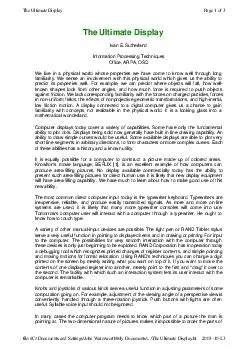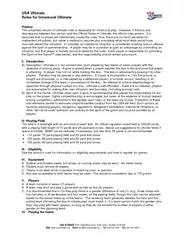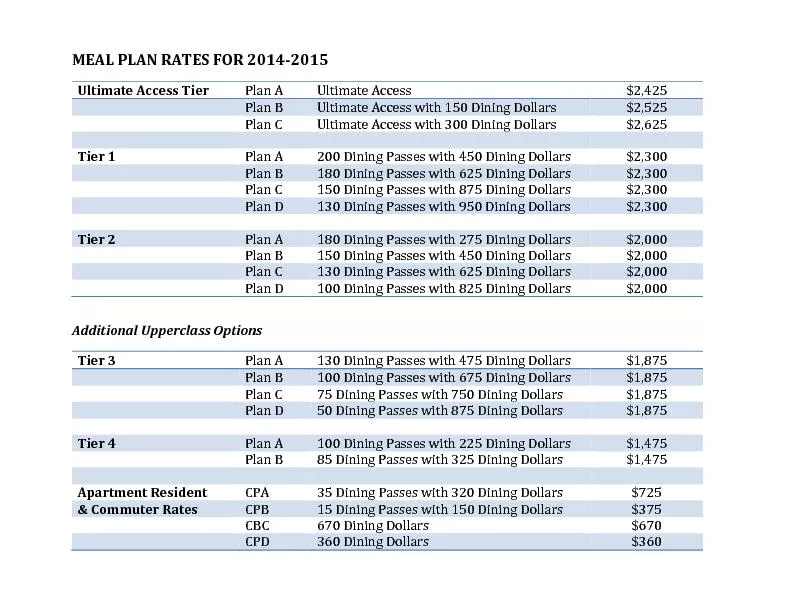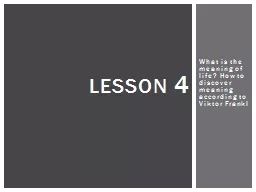PPT-Function the Ultimate
Author : danika-pritchard | Published Date : 2017-09-09
Act III function expression function optional name parameters Wrapped in parens Zero or more names Separated by comma body Wrapped in curly braces Zero or more
Presentation Embed Code
Download Presentation
Download Presentation The PPT/PDF document "Function the Ultimate" is the property of its rightful owner. Permission is granted to download and print the materials on this website for personal, non-commercial use only, and to display it on your personal computer provided you do not modify the materials and that you retain all copyright notices contained in the materials. By downloading content from our website, you accept the terms of this agreement.
Function the Ultimate: Transcript
Download Rules Of Document
"Function the Ultimate"The content belongs to its owner. You may download and print it for personal use, without modification, and keep all copyright notices. By downloading, you agree to these terms.
Related Documents














